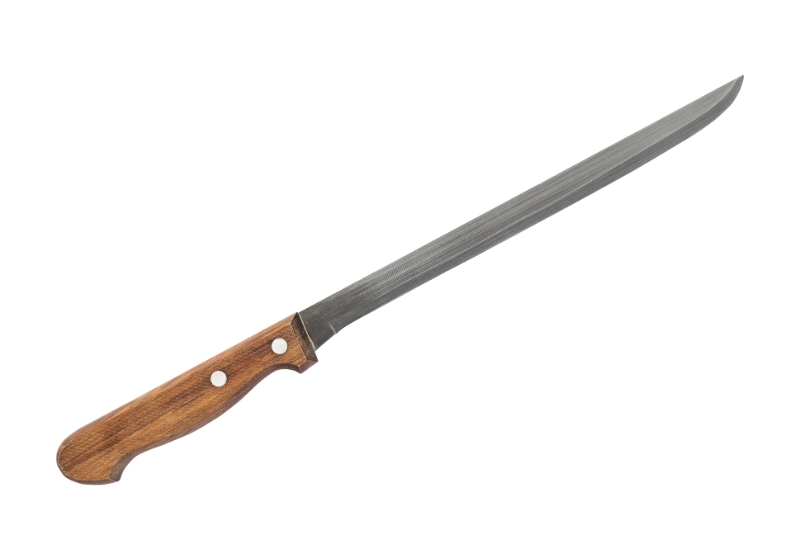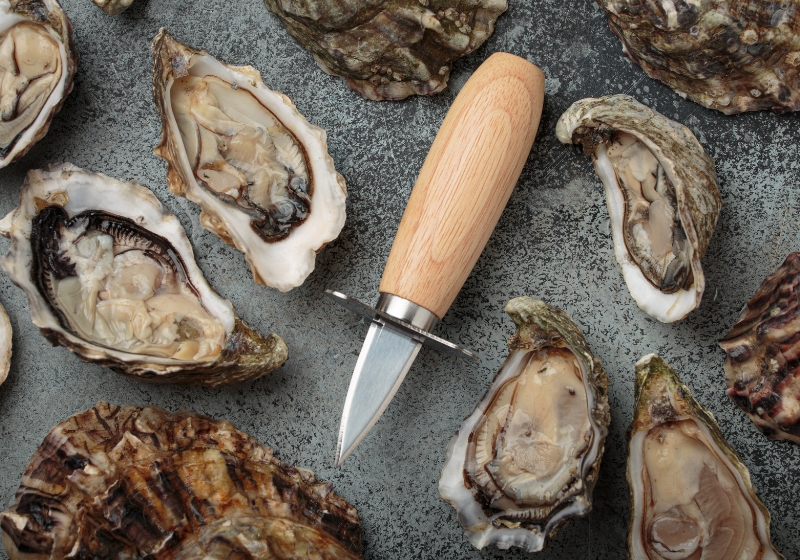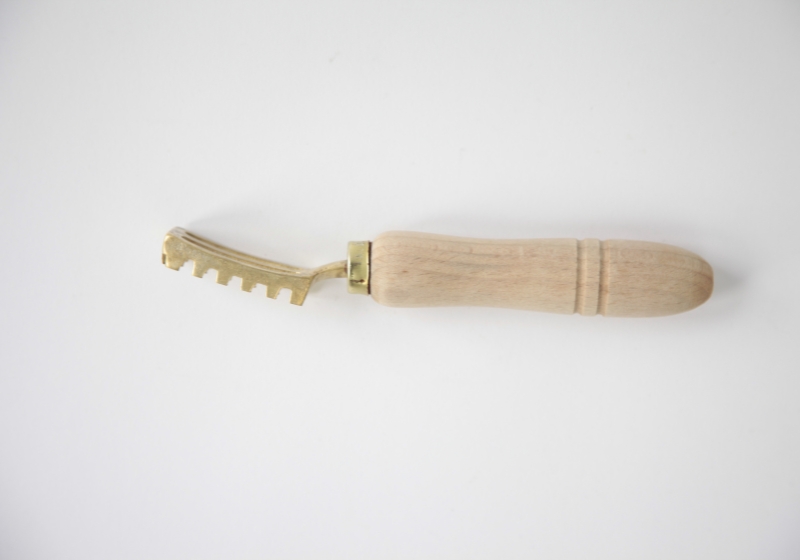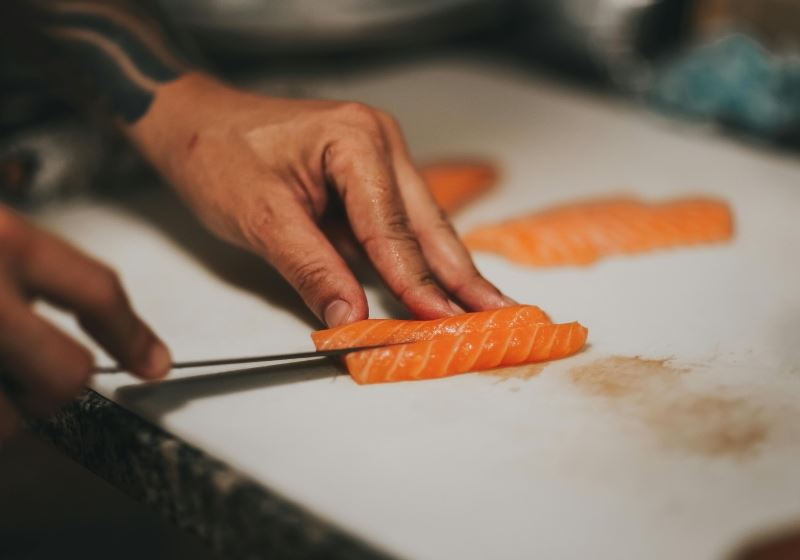You’ve mastered the fish market. You know your coral trout from your John Dory. You’ve dry-brined, butterflied and even flirted with a bit of charcoal over the weekend barbeque. However. If you’re still slicing through fillets with your everyday Chef’s knife, you’re doing your seafood – and yourself – a disservice.
Welcome to the sharp end of home cooking. We’ll dive into the definitive guide to fish knives, the oft-overlooked heroes of seafood prep that separate the novice from the serious seafood operators. When it comes to working from blade to bone, technique starts with the right steel.

The Deba Knife
What it is: Japan’s heavyweight hero, this traditional butchery knife is designed specifically for fish. Thick, heavy and forged for precision, the deba is made to power through fish heads, spine and rib bones, all with a tip fine enough for slicing.
Why you want it: Perfect for breaking down fish without crushing the flesh. The deba handles head-off butchery like a champ and still has the dexterity to follow the line.
Best for: Whole fish, especially medium to large species like snapper, salmon and kingfish.

The Flexible Fillet Knife
What it is: This precision player is a long, thin and razor-sharp blade that is flexible to glide along bones and skin. This is an absolute must for anyone filleting flatfish, skinning or portioning sashimi.
Why you want it: The flexibility allows the blade to hug the contours of the fish, giving you clean fillets with minimal waste.
Best for: Delicate situations like filleting, skinning and trimming silver skin. It’s great for both round and flat fish or skin-on portions where presentation matters.

Oyster Knife
What it is: This bivalve buster is short, stubby and unyielding. Designed to pop open oysters without slipping or slicing your hand open.
Why you want it: Butter knives and screwdrivers are dangerous (and for amateurs). A good oyster knife gives you enough leverage without damaging the meat.
Best for: Sydney rocks, Pacific and Coffin Bay beauties – whatever you’re shucking.

Fish Scaler
What it is: Other than a forgotten essential, this spiky, handheld tool is made to remove fish scales quickly and cleanly. Your kitchen no longer has to look like it got hit by a fish-scale tornado.
Why you want it: Scaling with a knife is messy and inconsistent. This isn’t amateur hour any more, you’re a seafood aficionado. A dedicated scaler is smoother, faster and much safer.
Best for: Cleaning whole fish like bream, barramundi and trout before grilling or roasting.

Boning Knife
What it is: For the bone-obsessed perfectionist, this narrow and rigid blade is designed for trimming connective tissue, bones and cartilage. Not just for butchers, it’s an essential for detailed fish prep.
Why you want it: Ideal for removing pin bones and trimming off belly fat. If you want that surgical precision when separating the flesh from the spine, this is for you.
Best for: Large fish like tuna, swordfish or breaking down fish into portions with extreme accuracy.
You’ve spent the money, now don’t destroy the blade. Here’s how to keep your edge razor-sharp:
Sharpening:
Use a whetstone if you’re confident. Go for a 1000/6000 grit combo stone. Otherwise, ceramic honing rods and professional sharpening services will keep things smooth.
Storage:
Magnetic knife racks are great for keeping things in sight and hygienic. If you have little hands around, or travel, invest in blade guards or a roll-up knife bag.
Cleaning:
Hand wash. Always. There are no exceptions to this rule. Once clean, dry immediately, especially if you are working with carbon steel blades (which will rust if you even think about air drying them).
If you’re serious about seafood and getting the most out of your fish, your knife kit should match your enthusiasm. Start with a flexible filleting knife, add a deba for heavier butchering and introduce a scaler. The world of fish knives and accoutrements is just as exciting and varied as the seafood itself. So dive in, start exploring and build that collection.






